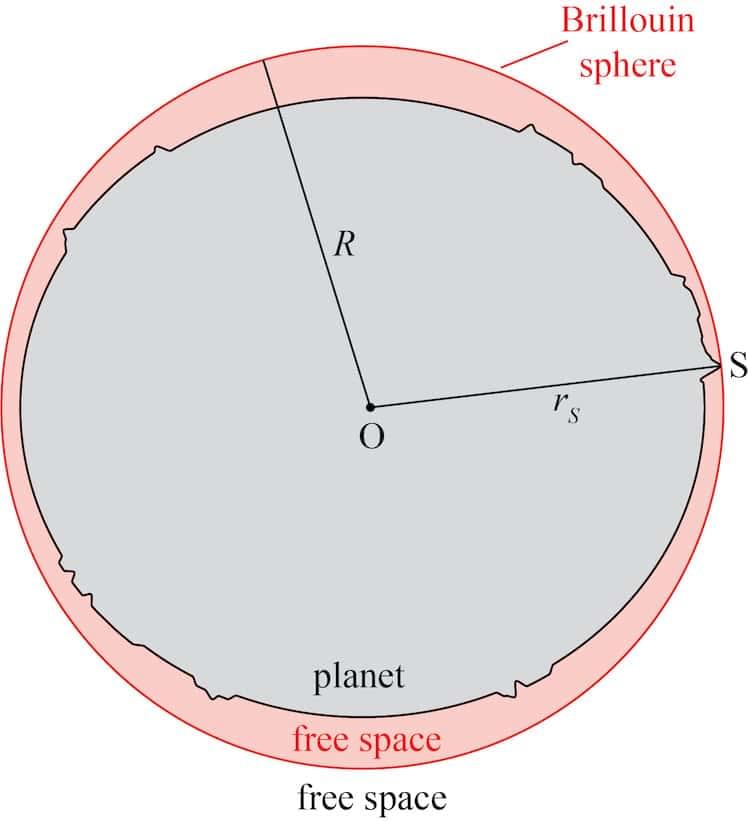OpenAI says GPT-4o can be used to teach you a language and a new demo video seems to prove them right.



Tesla Gigafactory Berlin has probably become the most fun factory among the company’s facilities worldwide. While Giga Berlin plays a huge part in ramping Tesla’s output globally, the electric vehicle maker also seems determined to ensure that the facility’s employees are well supported. This means that if employees need to destress, they would not need to go too far.
With this in mind, it appears that Giga Berlin has launched an in-house “rave cave” of sorts. The facility’s teaser was posted by Tesla’s official Tesla Manufacturing account, which, strangely enough, shared its post with a hamster emoji. Amidst scenes of employees entering the apparent “rave cave” from a futuristic narrow tunnel, images of a cyber-hamster mascot could also be seen.

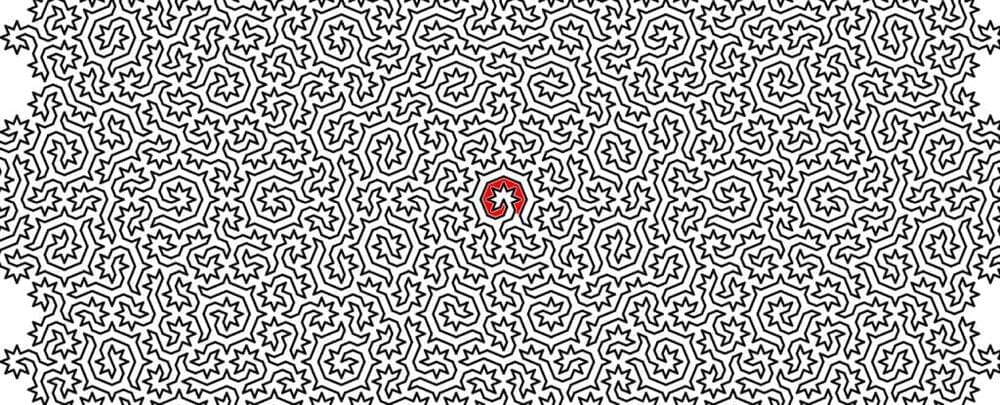
Daedalus could have learned a thing or two from a team of physicists in the UK and Switzerland.
Taking principles from fractal geometry and the strategic game of chess, they have created what they say is the most fiendishly difficult maze ever devised.
Led by physicist Felix Flicker of the University of Bristol in the UK, the group has generated routes called Hamiltonian cycles in patterns known as Ammann-Beenker tilings, producing complex fractal mazes that, they say, describe an exotic form of matter known as quasicrystals.
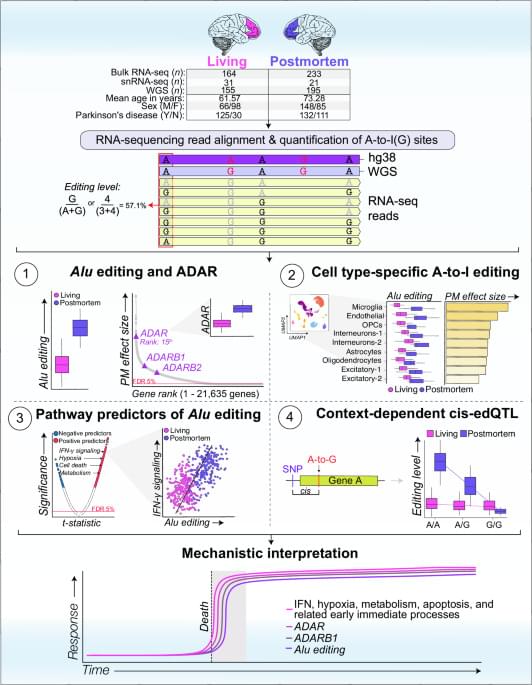
Adenosine-to-inosine editing is a form of RNA modification observed in the human brain transcriptome. Here the authors question the accuracy of utilizing postmortem samples to reflect the RNA biology of living brains. This is due to significant differences in adenosine-to-inosine editing between living and postmortem brain tissues, with most sites exhibiting higher editing levels postmortem.
An interesting way of punishment.
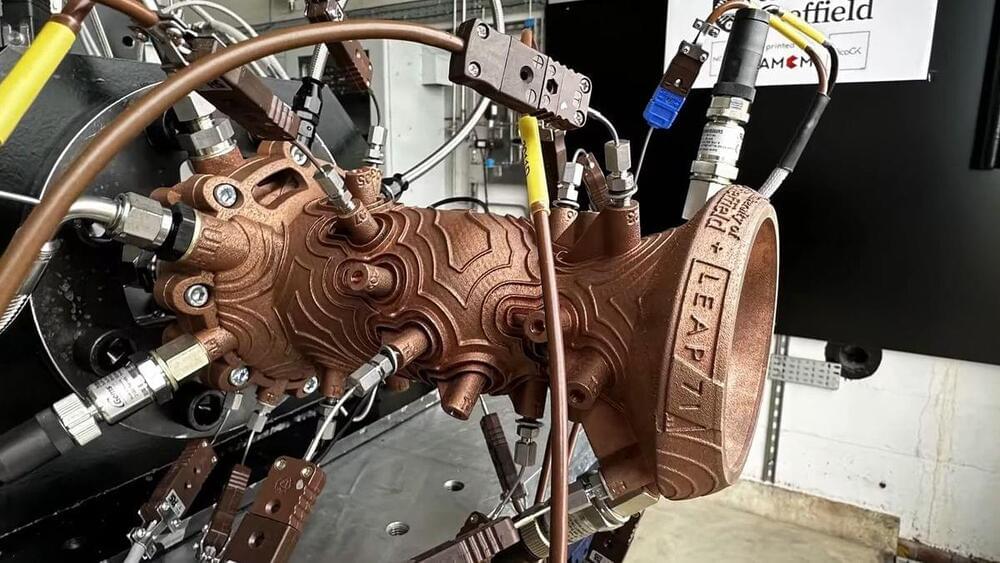
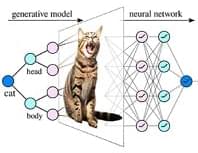
Francesco Cagnetta, Leonardo Petrini, Umberto M. Tomasini, Alessandro Favero, and Matthieu Wyart Institute of Physics EPFL, Institute of Electrical Eng.
A hierarchical model of high-dimensional data reveals how deep neural networks leverage their multiple layers to reduce the data dimensionality and learn from a finite set of examples.
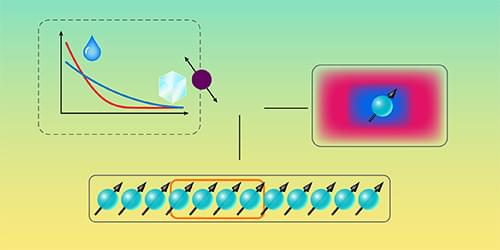
In the Mpemba effect, a warm liquid freezes faster than a cold one. Three studies investigate quantum versions of this effect, challenging our understanding of quantum thermodynamics.
Under certain conditions, warm water can freeze faster than cold water. This phenomenon was named the Mpemba effect after Erasto Mpemba, a Tanzanian high schooler who described the effect in the 1960s [1]. The phenomenon has sparked intense debates for more than two millennia and continues to do so [2]. Similar processes, in which a system relaxes to equilibrium more quickly if it is initially further away from equilibrium, are being intensely explored in the microscopic world. Now three research teams provide distinct perspectives on quantum versions of Mpemba-like effects, emphasizing the impact of strong interparticle correlations, minuscule quantum fluctuations, and initial conditions on these relaxation processes [3– 5]. The teams’ findings advance quantum thermodynamics and have potential implications for technologies, ranging from information processors to engines, powered by quantum resources.
In top-down strategies, physicists use observations of macroscopic (classical) phenomena to infer fundamental microscopic (quantum) processes; in bottom-up strategies, they use studies of those fundamental processes to predict classical phenomena. Historically, studies of the Mpemba effect began with empirical observations and ad hoc assumptions about the microscopic world. Despite descriptions of the effect by Aristotle and Descartes, and modern attention from Mpemba, the phenomenon has not influenced the field of thermodynamics. The Mpemba effect is complex, lacks a precise definition, and has reproducibility issues. As a result, experimental observations and explanations have been debated for decades without consensus, making the effect often seem like just a curiosity.
